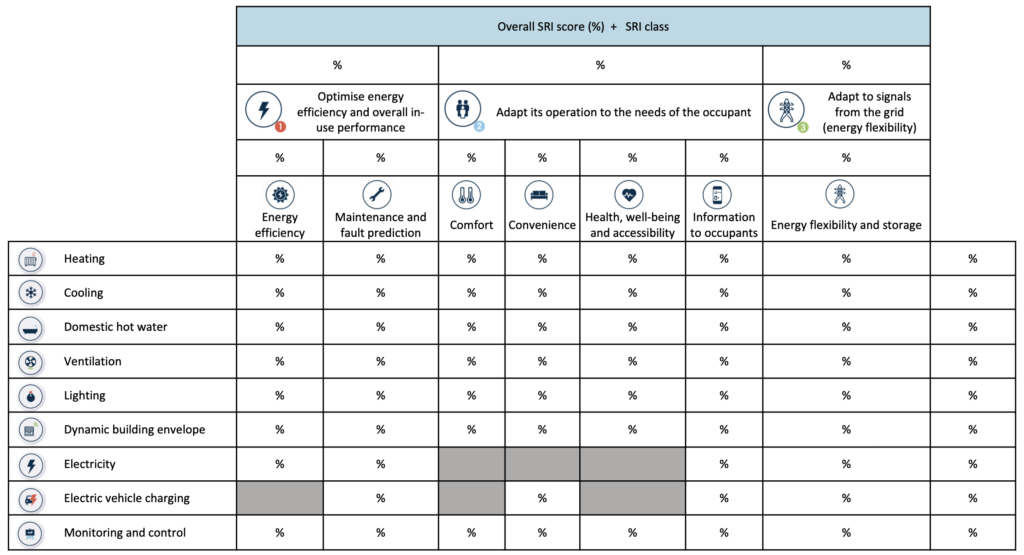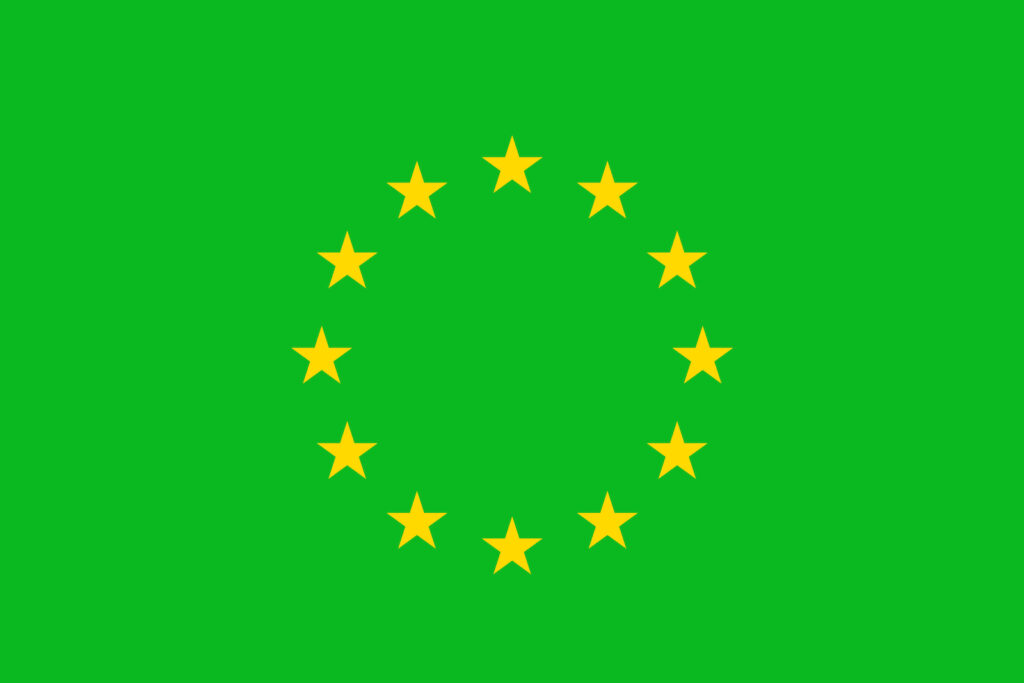Today, roughly 75% of the EU building stock is energy inefficient and, collectively, buildings are responsible for 40% of EU energy consumption and 36% of its greenhouse gas emissions, according to the EU Commission. Renovating existing buildings could reduce the EU’s total energy consumption by 5-6% and lower CO2 emissions by about 5% but, on average, less than 1% of the region’s building stock is renovated each year, limiting progress. However, “you can't improve what you don't measure,” said well-known Austrian management consultant Peter Drucker, and in his native Europe, measuring performance is now seen as the key to better buildings.
“Digital innovations, such as the Internet of Things, are reshaping the society and economy we live in. We spend most of our time in buildings. They are at the core of our society, and they are crucial for the energy transition. Our buildings must be fit for the challenges and opportunities triggered by digital transformation technologies. The Smart Readiness Indicator (SRI) is a key step forward in this direction,” reads the SRI factsheet. “Using smart technologies in buildings can be a cost-effective way to assist in creating healthier and more comfortable buildings with lower energy use and carbon emissions. The SRI provides a common language for building stakeholders to discuss how to make buildings smarter, and what benefits this will bring.”
The SRI recognises three key smart-readiness functionalities that can be further divided into seven impact criteria. The Optimize Energy functionality, for example, is divided into energy efficiency and maintenance/fault prediction criteria. The Occupant-Need functionality is split into comfort, convenience, health/wellbeing/accessibility, and information provision criteria, while the Adapt to Grid functionality relates just to energy flexibility/storage. These criteria are then used to assess nine technology domains —heating, cooling, hot water, ventilation, lighting, building envelope, electricity, EV charging, monitoring and control— to create the SRI scorecard.

The SRI divides the EU into five climate zones that each require certain score weighting and configuration to account for differing needs of buildings and occupants in different environments. The increased importance of heating in the Scandinavian nations of Northern Europe, for example. and the relative importance of cooling for buildings in the EU’s southern Mediterranean limits. According to the Directive amending the Energy Performance of Buildings (2018/844/EU), SRI is an optional scheme and EU countries can freely decide whether or not they want to test and/or implement it.
The first technical study for the definition of the Smart Readiness Indicator, draft methodology, and stakeholder consultation actually began back in 2017, and an introduction of the SRI was included in the 2018 revision of the EU Energy Performance of Buildings Directive (EPBD) as an optional scheme. In February 2020, the SRI committee released its second technical study, which aimed to fine-tune the definition and calculation methodology. The continent was just beginning to explore this new smart building rating system but was soon engulfed by the first wave of COVID and the momentum behind the young initiative dwindled somewhat.
“The SRI is introduced as a common European indicator to assess the technological readiness of buildings to interact with their occupants and the energy environment and to operate more efficiently. It can raise awareness of the benefits of smarter building technologies, support technology innovation in the building sector and become an incentive for the integration of cutting-edge smart technologies into buildings,” the announcement read in February 2020. “The SRI is expected to become a cost-effective measure that can effectively assist in creating more healthy and comfortable buildings with a lower energy use and carbon impact and can facilitate the integration of renewable energy sources."
In the two pandemic years since the first SRI acts were passed in the EU commission, very little seems to have happened with the program, aside from the setup of the SRI support team and stakeholder platform. Meanwhile, several other smart building certifications have appeared, including the SBC Smart Building Certification and the SPIRE Smart Building Program in 2020, then the SmartScore certification by WiredScore in 2021. As these increasingly established certification programs move towards second revisions of their already finetuned rating systems the EU is still addressing fundamental issues with their SRI program.
“SRI results are not objective, as there are cases of residential buildings that incorporate several smart provisions but fail in their assessment due to the lack of a central monitoring and control system. And, at this stage, there is no commonly accepted database from which building designers and engineers can draw data on the intelligence of building systems,” reads a study by Paris Fokaides et al. “Also, the indicators should be integrated into other energy-efficiency assessment processes of buildings and should be broadened to consider the specificities of building types. At the same time, the indicators should lead the developments in the field of building systems, through the establishment of minimum requirements for SRIs.”

While the emergence of private smart building certification highlights the slow speed of government-led equivalents, the comparison is unfair. Private programs serve a market of smart buildings seeking recognition while the EU’s program aims to serve an entire bloc of 27 countries with a combined population of 450 million, and all their buildings. SRI must balance diverse climates, a very wide socio-cultural and economic spectrum, and create a system that drives smart building development in the least efficient buildings and most reluctant building owners. Singapore’s Smart Readiness Index may be a better comparison but still only serves a population of 5.7 million people, consuming about 50 TWh of electricity annually.
Depending on its implementation, the EU’s SRI has the potential to save up to 160 TWh in primary energy consumption, 23 Mt of CO2 emissions, €12.5bn in consumer energy costs, and €1.4bn in energy system costs, annually, by 2040. In addition, it could deliver annual health and wellbeing benefits of €6.5bn and help create 76,000 jobs. However, implementation will be a challenge and demand a strong monetization element to drive accredited SRI practitioners into the market. Despite the challenges and public sector speeds, the success of the SRI could have global implications (much like GDPR did), positioning the EU to lead the world into a smarter building future.
“It is obvious that the building physics community is facing a major transition in the way we evaluate the energy behavior of buildings. The integration of SRI is a key development and, at the same time, a major challenge for the research community of building physics and building systems,” concludes Paris Fokaides et al. “In general, however, the indicators’ first announcement considers most aspects of buildings, and is a good starting point for a comprehensive assessment of building intelligence.”



